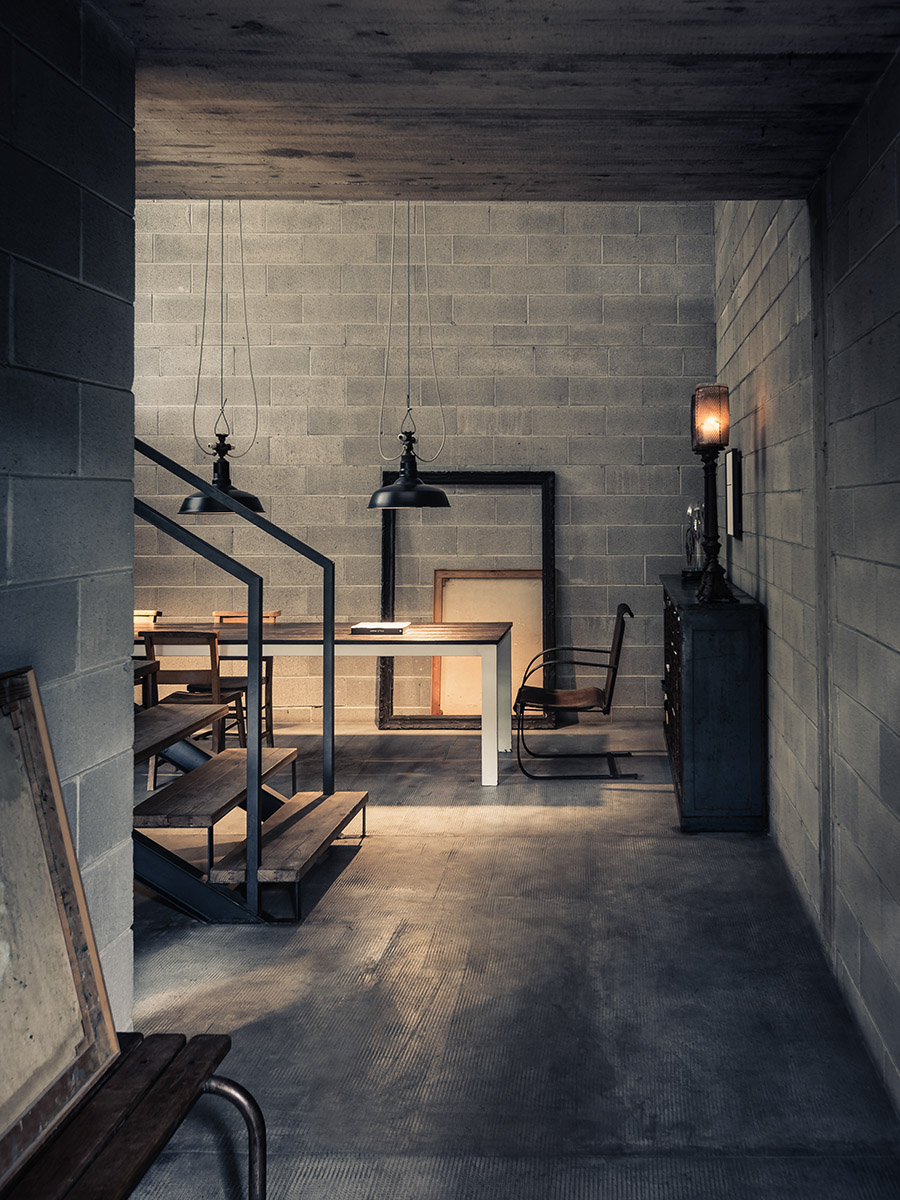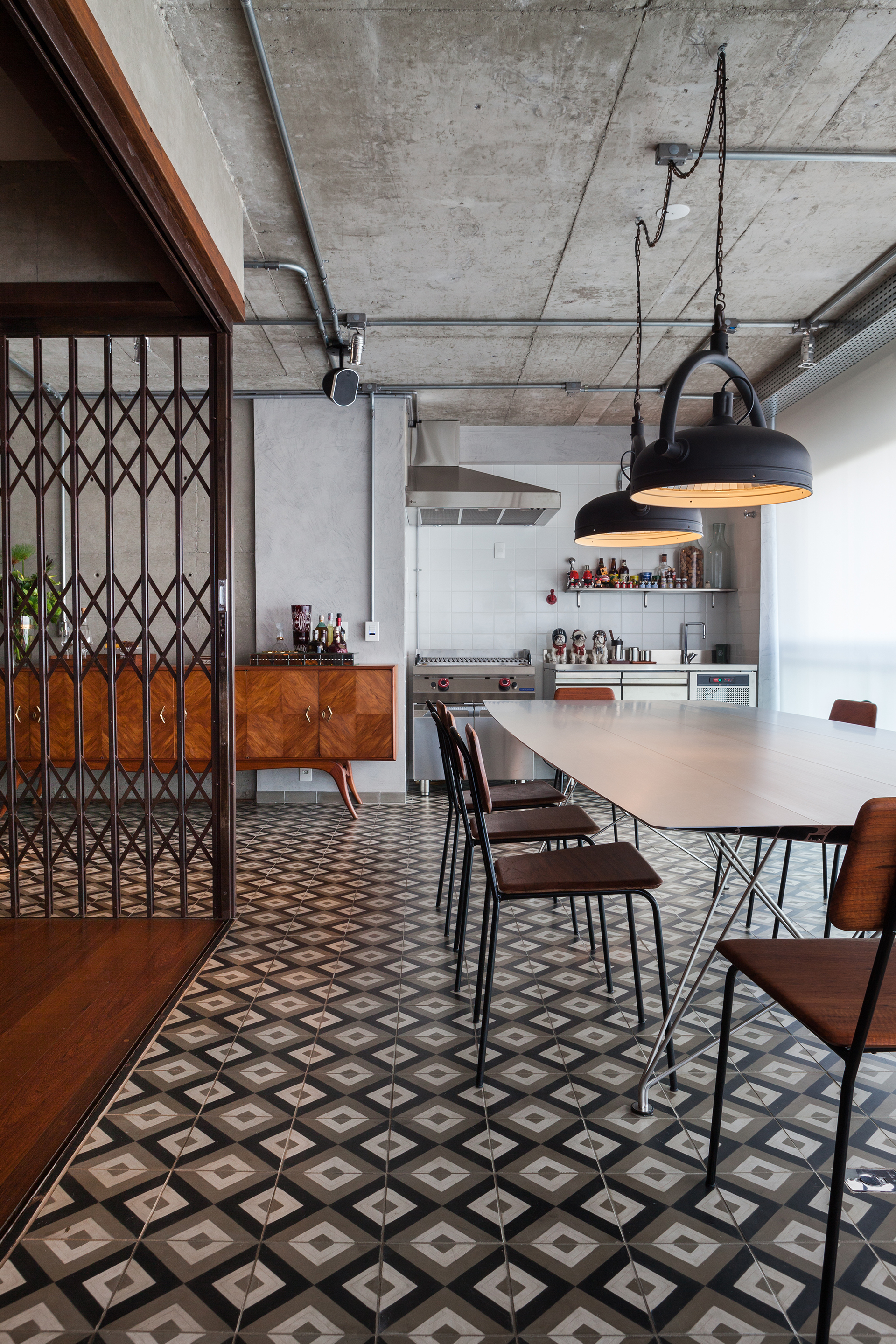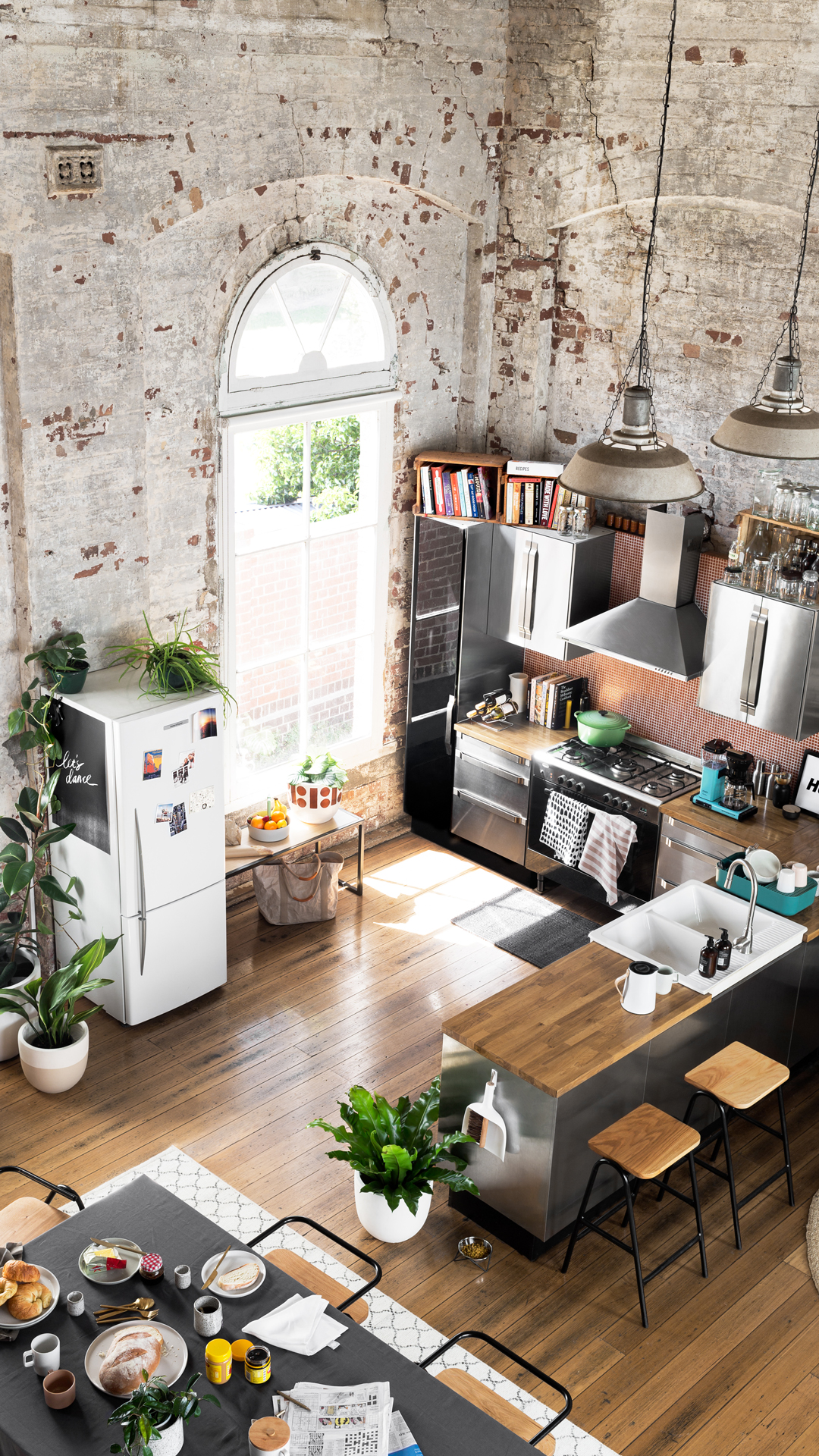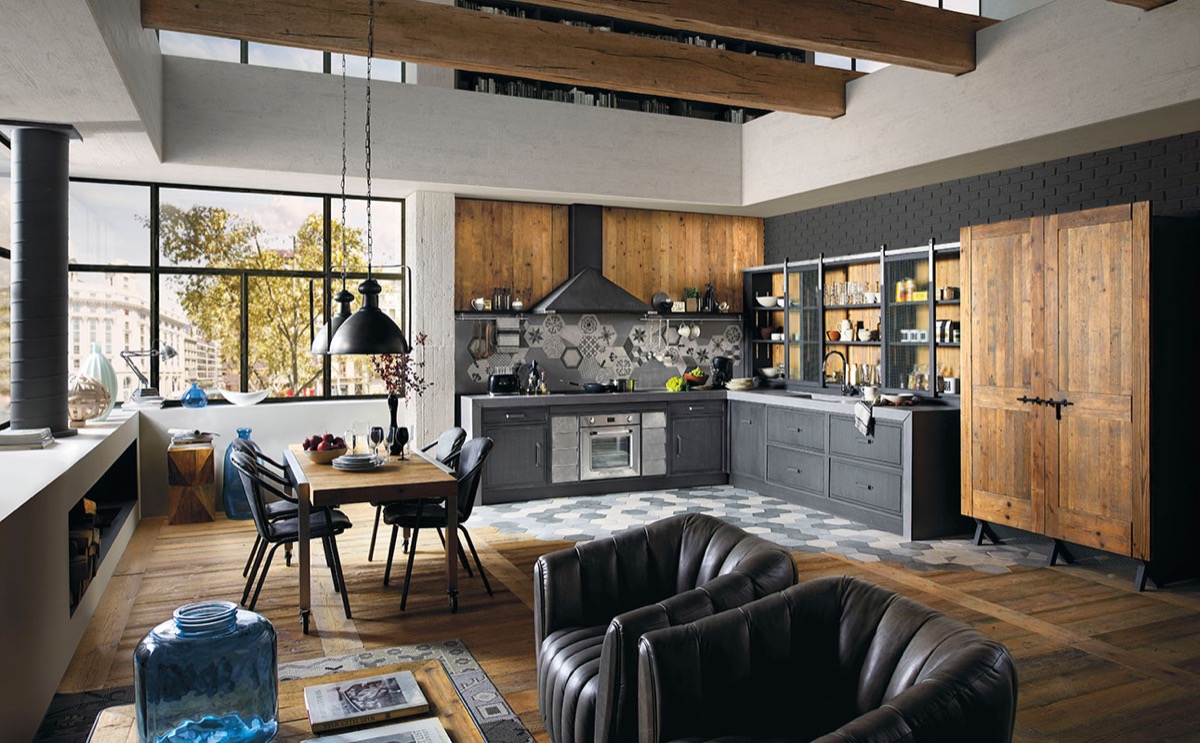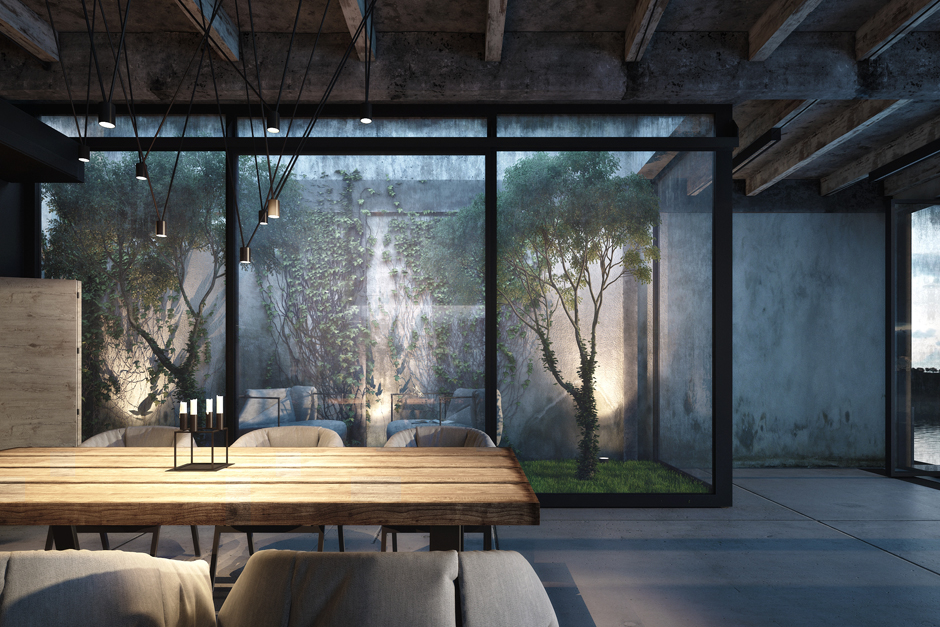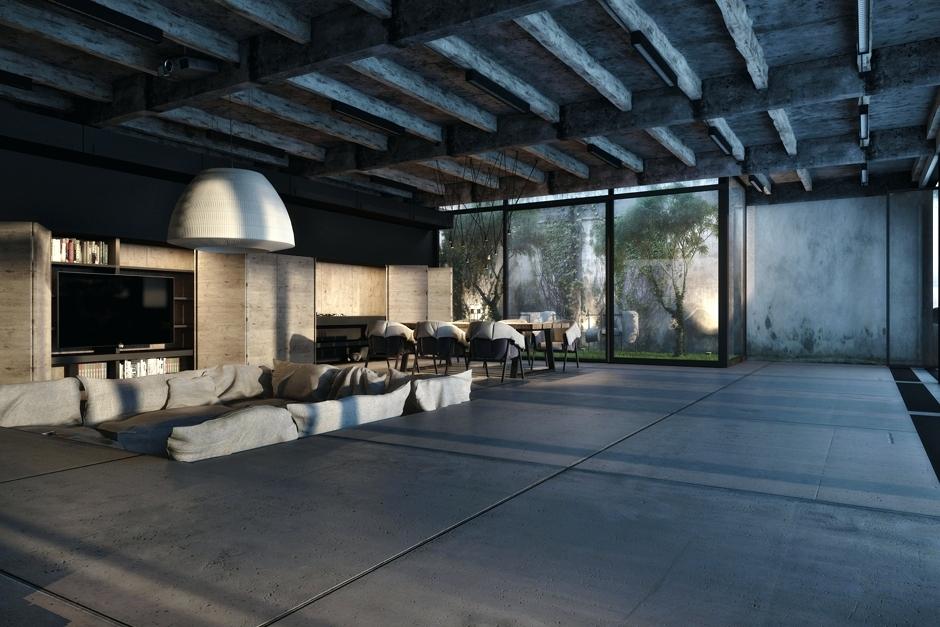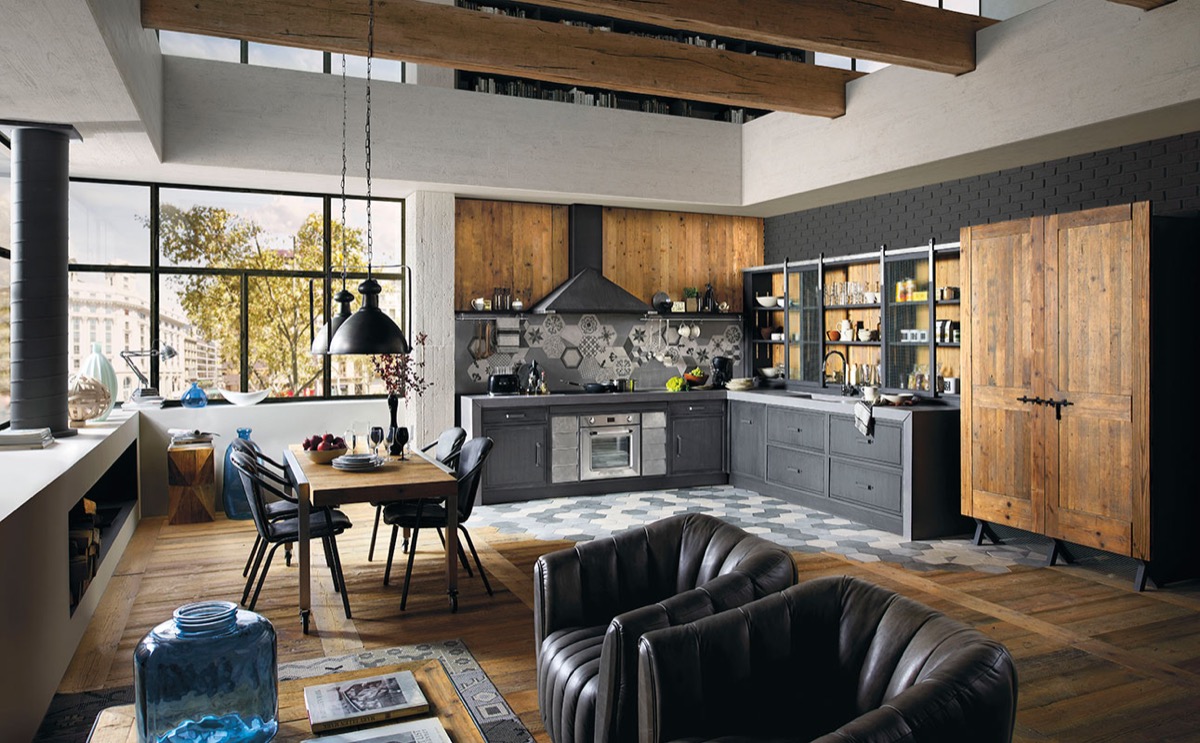




1. Weathered wood.
The wood on old factory floors and furnishings suffered some serious wear and tear from its rough surroundings. Many factories-turned-industrial-lofts are prized for the rich patina that’s developed on the wood, adding warmth and nostalgia to space.
2. Building systems.
Electrical and plumbing systems were often left exposed in these old industrial factories. Since the spaces were purely functional, there was little need to hide the building’s structural elements.
3. Exposed brick.
Fired clay brick has been used as a building material for hundreds of years in the United States. This carefully crafted structural element is known for its durability and longevity, so it adorned many of the country’s first factories.




4. Lighting
Industrial pendant fixtures with porcelain enameled shades, cast aluminum bulb cages, and steel or ribbed glass shades were just one of the popular lighting types that illuminated the old factories.
5. Concrete.
Concrete was widely utilized in old factories, mills, and workshops for both flooring and structural work. Because of its strength, low cost, and durability, this material worked well in 19th-century industrial factories.


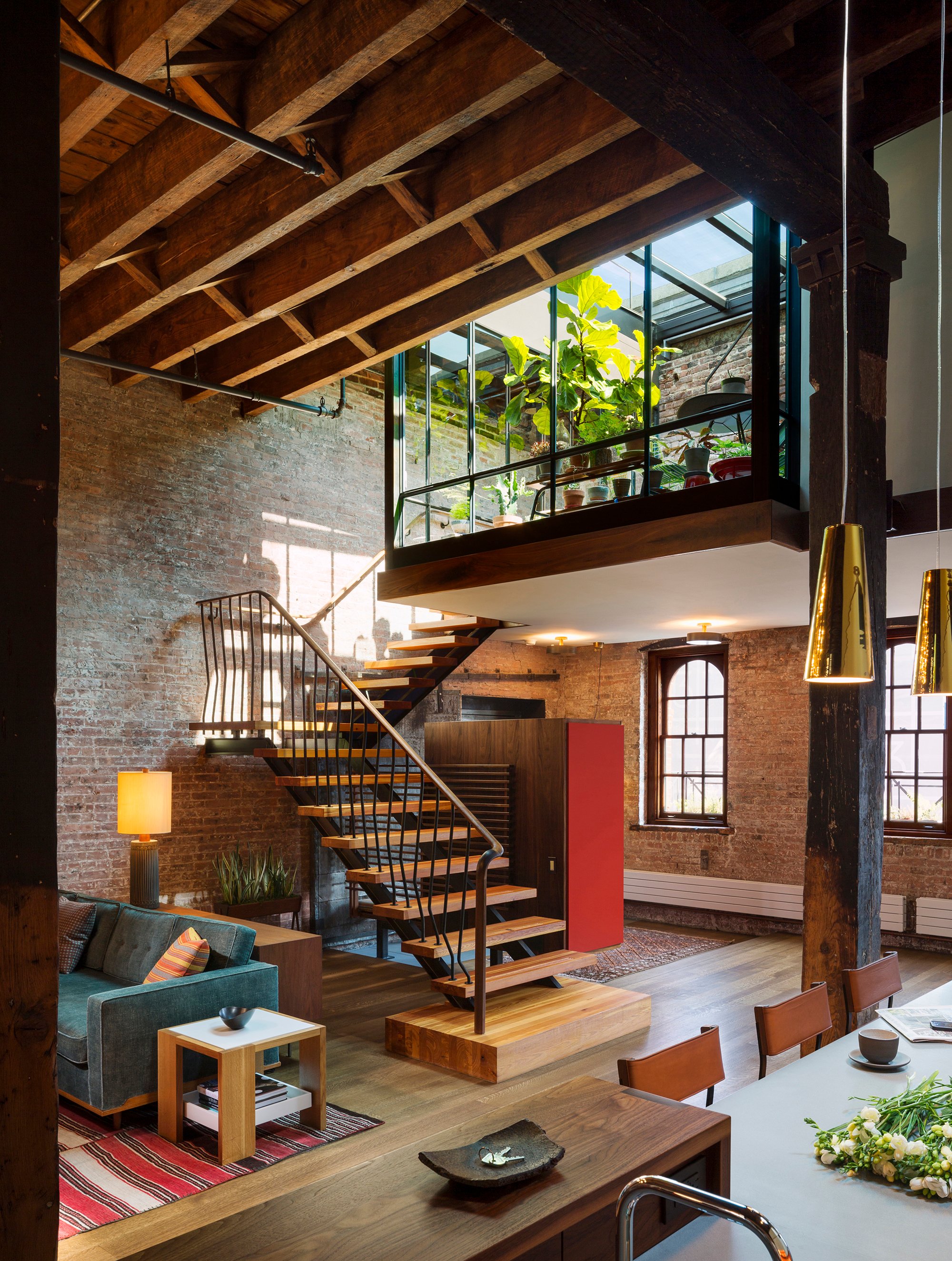

6. Steel
Industrial factories and mills had steel columns, beams, and trusses. As with the exposed building systems, there was little reason to cover up these structural necessities.
7. Repurposed furnishings
Gears, mechanical devices, workpieces, valves, gears, tile, and hardware are just a few of the nonstructural elements salvaged from old factories. Their robust construction makes for incredible, creative furnishing opportunities.
